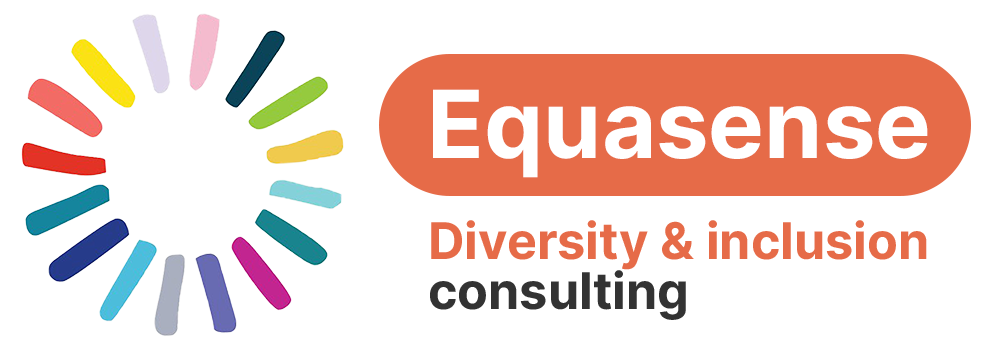Number 3 on my #22WaysToBeConsciouslyInclusiveIn2022 brings us to imagery. The use of alt-text to describe images and captioning on videos is much more widespread than it was, but still not universal (and some of the live auto-captioning leaves a lot to be desired). On top of these requirements, choosing images inclusively when people are involved is particularly important. I’ll illustrate this by way of a personal experience.
I used to work at a university and university departments can apply for a quite prestigious charter mark for #GenderEquality. Many of the physical science departments lacked women as undergraduates, and indeed lecturing to those undergraduates. A typical action taken was to review #marketing material to ensure women were visible. However, there wasn’t always budget (or human subjects) available for taking photos of the actual department. Some places therefore resorted to stock images that were more gender balanced than the actual department. (I’ve also seen something similar when places try to represent minoritized ethnicities).
Though I can see the sense in this type of action – projecting the desired situation rather than the actual situation, two things tended to happen. Firstly, it created something of a mismatch in expectations – this may be ok if it is explained to the students, but doesn’t always go well. Secondly, there are relatively few freely available stock images (though it’s getting better) and so you tended to end up with the same images being used by different departments. Whilst most potential applicants didn’t spot this, the existing women and members of other under-represented groups definitely did, and felt even less included than before.
So what to think about when choosing images involving people:
1. It is good to show a range of people involved in whatever activity you are showing.
2. If you can, make them the actual people that work there in the roles that they are usually in (i.e. be authentic)
3. If you really want to use a stock image – consider owning that and saying “we are working hard on race/gender equality and being inclusive to all. Some groups are still under-represented and this image reflects our ambition to change”. This may not feel right to everyone, and I am sure creative people out there can find a better solution. But personally I think it’s better than using a stock image with no clear acknowledgement that it is one.
4. It should go without saying that you need to make sure you have the permission of everyone in the picture for it to be used in this way and they should be aware of your reasons for wanting to promote diverse representation in the image.
5. Some people from under-represented groups are definitely not happy for their images to be used in this way and you should respect this.
I’ve only touched on one aspect of inclusive imagery here. What other aspects would you add to the list?


Recent Comments